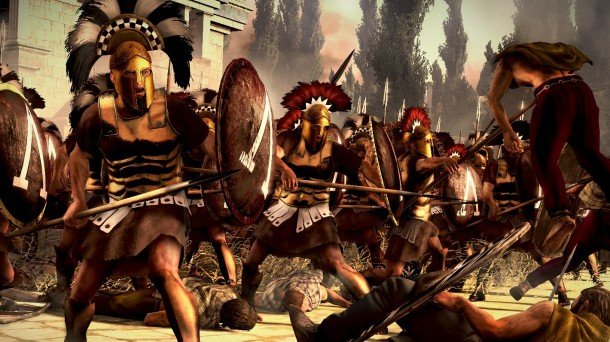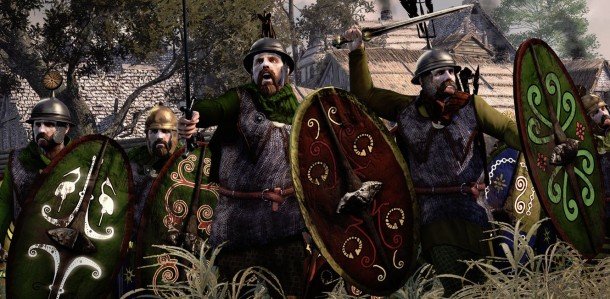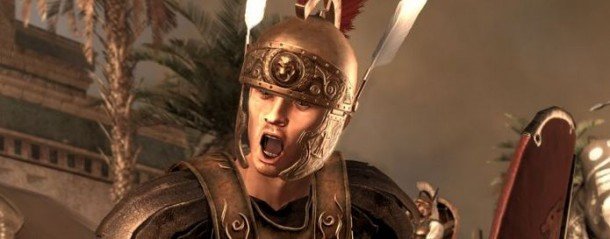Three things I loved about Total War: Rome II at E3

Creative Assembly's demo of Total War: Rome II left us wanting more. Large-scale battles over huge landscapes, powered by an overhauled campaign system, are a given for the sequel to Rome: Total War. But the devil's in the details: Here are the three new mechanics in Rome II that got us eager to play.
Defensive deployables
The battle I witnessed pitted Caesar's Roman army against the Egyptians, who held the high ground. One tactic the Egyptian army employed was flaming boulders, which were rolled downhill to decimate the Roman legionnaires. These are one of many defensive deployables Creative Assembly has added to help defending armies challenge aggressors. I spoke with Jamie Ferguson (lead battle designer) and Dominique Starr (campaign designer) from Creative Assembly, and between them I heard about caches of poison arrows, stakes that impale cavalry, sharp stones to stall enemy advances and hidden fire pits that light front-line assault troops ablaze.
In the case of the flaming boulders, they weren't always effective. While some crushed the attacking Roman troops, others veered off course down the hillside. But when they worked, they did some serious damage.
More victory conditions
While past entries of Total War have had rigid victory conditions, Rome II will feature three distinct ways to win: military, economic and cultural victories. Any of the three can be achieved on the fly, giving some players the chance to switch up tactics depending on how the ages have treated their empire.
“These aren't picked from the start,” Starr said. “There's no pressure. No one ever told Rome, 'Hey, you only have 200 years. Get to work.'”
The biggest gaming news, reviews and hardware deals
Keep up to date with the most important stories and the best deals, as picked by the PC Gamer team.

The victory options mean more opportunities for the game to fit a specific player's style. Some players will min/max their way to an economic victory, assuming everything goes their way. In other cases, Ferguson says, the additional victory options will help a player who may feel stuck because of forgotten victory requirements. Trying to control the most territory, but forgot about an obscure island? You may not have to start over if your cultural influence is great enough.
Another element that can affect your victory is the optional Realism mode, where players will be unable to reload save games. Realism mode also limits certain Battle mode user interface elements, like details on enemy units or their location.
Political scheming
Since Rome II is recreating the feeling of running the Roman empire, adding a level of political influence (or political backstabbing) sounds natural. Each faction will have a number of political parties that players can choose to deal with. Rome, for example, will have three families looking to exert influence, as well as the senate with its own agenda. Using members of these parties in your battles will add further power not just to the unit, but to the political party as well. Players can balance this political capital between the different families or choose to favor their own—with all of the consequences that may bring.

“The balance in political power is constantly shifting,” Starr said. “If there's an imbalance, whether you become too powerful or too weak, you'll find yourself in a civil war.” And for the other factions, that political balancing act means trying to keep the power you have, without having another group overthrow you.
Players can also spend this political capital to adopt powerful generals into the family, or marry off children to appease groups that are growing dangerously close to influential. Ferguson says that the political system won't feel like a micromanaging mess, but that the interface will alert you to political events and let you decide to deal with them or not.
Total War: Rome II launches September 3. Keep an eye out for the upcoming PC Gamer review, as well as more news from E3 .

